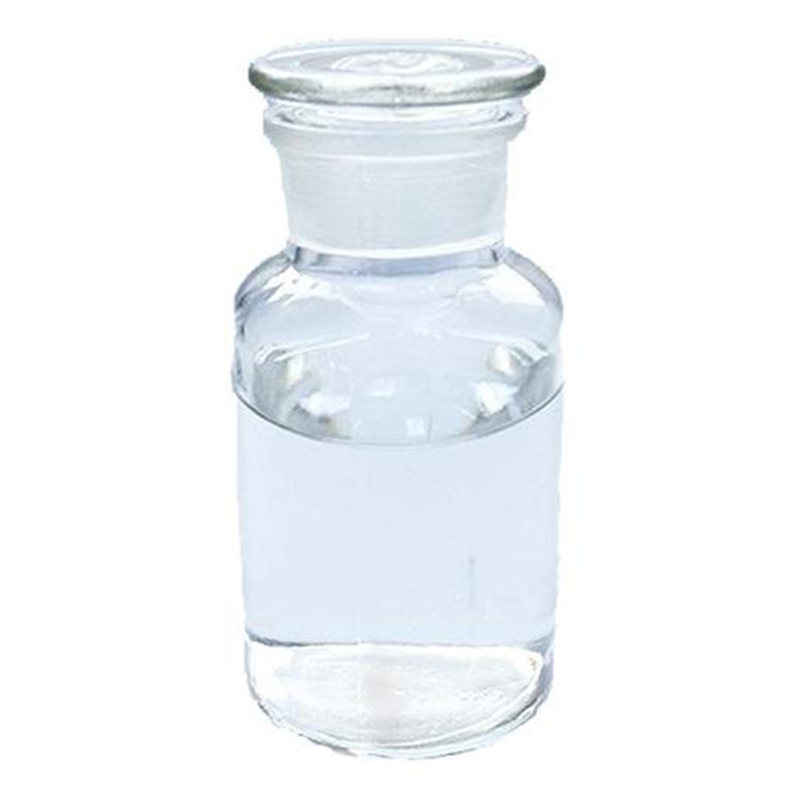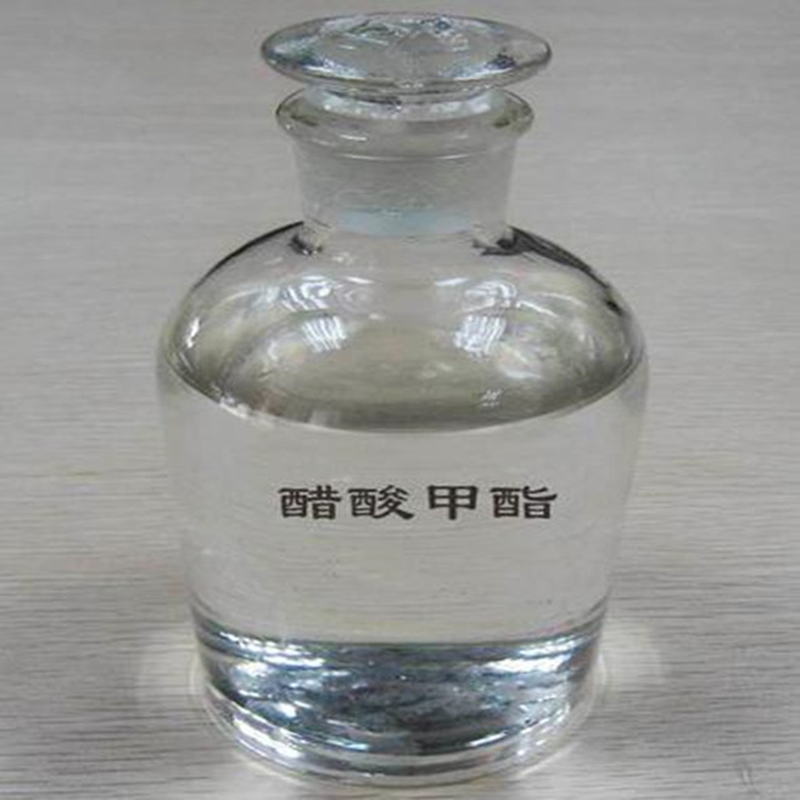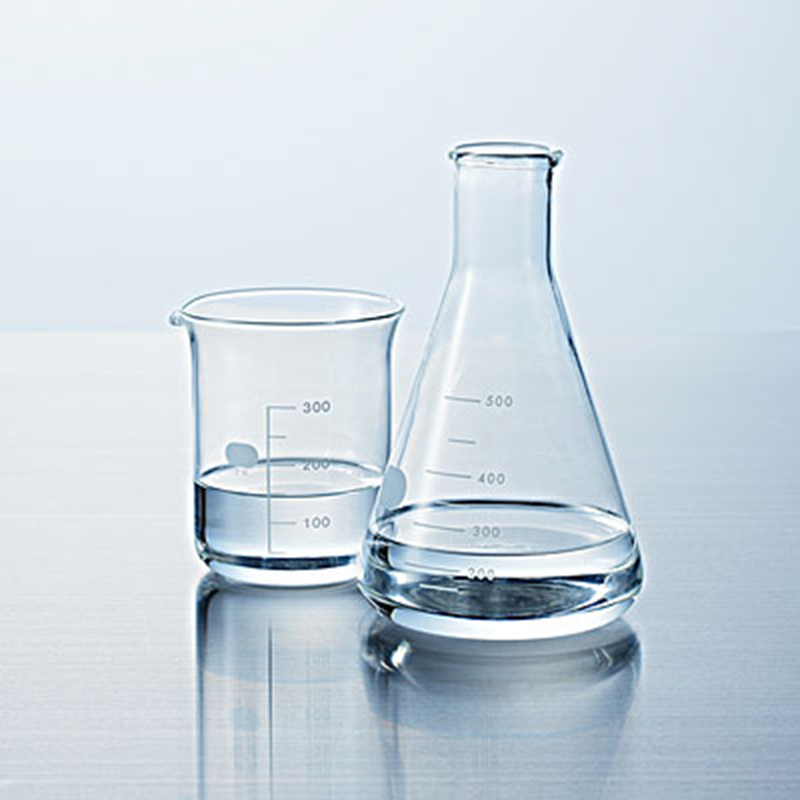
Sodium hydroxide
Key words:
Sodium hydroxide
Classification:
- Details
-
Sodium hydroxide (Sodium hydroxide), also known as caustic soda, caustic soda, caustic soda, is an inorganic compound with the chemical formula NaOH. Sodium hydroxide is strongly alkaline and highly corrosive. It can be used as acid neutralizer, with Masking agent, precipitating agent, precipitation masking agent, color developer, saponifying agent, peeling agent, detergent, etc., have a wide range of uses.
Physical properties
Density: 2.13g/cm3
Melting point: 318 ℃
Boiling point: 1388 ℃
Saturated vapor pressure: 0.13kPa (739 ℃)
Appearance: white crystalline powder
Solubility: Soluble in water, ethanol, glycerol, insoluble in acetone, ether
chemical properties
Sodium hydroxide has a corrosive effect on fibers, skin, glass, ceramics, etc., and emits heat when dissolved or diluted in a concentrated solution; neutralization with inorganic acids can also generate a large amount of heat to generate corresponding salts; with metal aluminum and zinc, non-metal Reactions such as boron and silicon release Chemicalbook hydrogen; disproportionation reaction with halogens such as chlorine, bromine, and iodine. It can precipitate metal ions from aqueous solutions to become hydroxides; it can saponify grease to generate sodium salts and alcohols of corresponding organic acids, which is the principle of removing oil stains on fabrics.
Application field
Sodium hydroxide is mainly used in the production of paper, cellulose pulp and the production of soap, synthetic detergent, synthetic fatty acid and the refining of animal and vegetable oils and fats. Textile printing and dyeing industry is used as a cotton cloth desizing agent, refining agent and mercerizing agent. Chemical industry is used in the production of borax, sodium cyanide, formic acid, oxalic acid, phenol, etc. Petroleum industry is used in refining petroleum products and in oil field drilling mud. Also used in the production of alumina, metal zinc and metal copper surface treatment as well as in glass, enamel, tanning, medicine, dyes and pesticides. Food-grade products are used as acid neutralizers in the food industry, peeling agents for citrus, peaches, etc., as well as detergents for empty bottles, cans and other containers, as well as decolorizers and deodorizers.
When sodium hydroxide is used as a basic reagent, it can be used as a neutralizing agent, a masking agent, a precipitating agent, a precipitating masking agent, an absorbent for a small amount of carbon dioxide and water, and a color developer for the determination of ketosterols by thin-layer analysis. It is widely used in the manufacture of various Sodium salts, soaps, pulps, finishing cotton fabrics, silk, viscose fibers, regeneration of rubber products, metal cleaning, electroplating, bleaching, etc.
In cosmetic creams, saponification such as sodium hydroxide and stearic acid acts as emulsifiers for the manufacture of vanishing ointments, shampoos, etc.
Storage method
Sodium hydroxide should be stored in a cool, dry and well-ventilated warehouse. It should be kept away from fire and heat sources. The storage temperature should not exceed 35 ° C and the relative humidity should not exceed 80%. The packaging must be sealed and should not be damp. It should be stored separately from easy (possible) fuels, acids, etc., and should not be mixed. The storage area should be equipped with suitable materials to contain leaks.
protective measures
Engineering control: closed operation, pay attention to ventilation
Respiratory Protection: Wear a gas mask if necessary.
Eye protection: Wear chemical safety glasses.
Body protection: wear work clothes (made of anti-corrosion materials).
Hand Protection: Wear rubber gloves.
Others: After work, shower and change clothes. Pay attention to personal hygiene.
Safety measures
First aid measures
Eye contact: Lift the eyelids immediately, rinse with running water or normal saline for at least 15 minutes, or rinse with a 3% boric acid solution, and seek medical attention quickly.
Inhalation: Quickly leave the site with fresh air. Perform artificial respiration if necessary and seek medical attention quickly.
Ingestion: The patient rinses his mouth immediately when he is awake, takes diluted vinegar or lemon juice orally, and seeks medical attention quickly.
Leak emergency treatment
Isolate the contaminated area of the leak, and set warning signs around it. It is recommended that emergency personnel wear gas masks and chemical protective clothing. Do not come into direct contact with the leak, rinse with a lot of water, and put the diluted washing water into the wastewater system. If there is a large amount of leakage, collect it for recycling or dispose of it after harmless treatment.
Fire fighting measures
Fire extinguishing method: Firefighters must wear work clothes (made of anti-corrosion materials).
Extinguishing agent: mist water, sand.
Safety information
Security Terminology
S24/25: Avoid contact with skin and eyes.
Avoid skin and eye contact.
S26: In case of contact with eyes, rinse immediately with plenty of water and seek medical advice.
Immediately after eye contact, rinse with plenty of water and seek medical advice.
S36/37/39: Wear suitable protective clothing, gloves and eye/face protection.
Wear appropriate protective clothing, gloves and eye/face protection.
S45: In case of accident or if you feel unwell, seek medical advice immediately (show the lable where possible).
In the event of an accident or feeling unwell, seek medical attention immediately (show label if possible).
Risk Terminology
R35: Causes severe burns.
Cause severe burns.
Leave A Message
More Products





